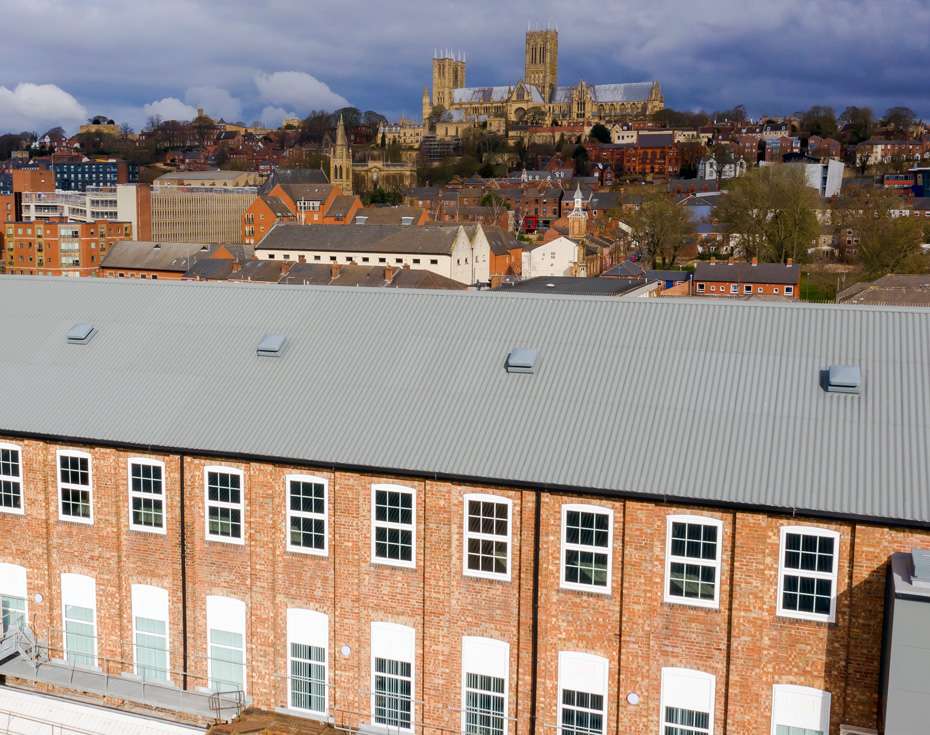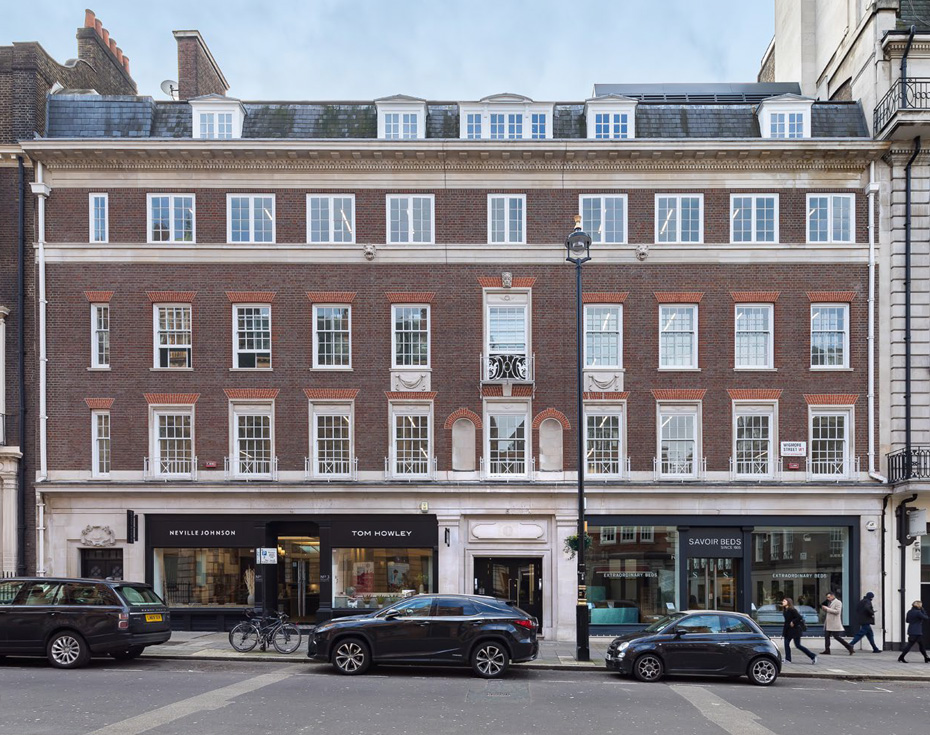Viewpoint: The future of the workplace v. artificial intelligence
Office | Martin Hunt | 20 February 2017New trends in the workplace, often based around flexibility, are becoming common practice. But with game changers in technology, such as AI, does mean that the physical office could become a thing of the past? Martin Hunt doesn’t think so.
Workplace environments are always evolving, responding to shifts in occupier requirements, landlord priorities, or government regulations.
However, there is always one element which stays the same whether the floorplate is small or large, individual offices or open plan, communal work hubs, and that is the people, who are social beings.
Evolution not revolution
Offices are provided as places for people to congregate, because businesses need people working for them, usually collaboratively. The idea that all business could be done remotely, or that technology will one day replace the people – or at least remove the need for the people to be together in one space – is too far-fetched for me.
Wellness in the workplace
The changes that have influenced office design over the last 30 years, have been largely to create better environments for the people using them. The current wellbeing movement, which now provides measurable benchmarks for the ‘wellness’ of the office environment, could be seen as the latest step in a campaign that began with banning smoking ban in offices in 2007.
A recent evolution is around workstation design, to tackle the issues created by being seated in front of a screen for many hours every day. Already some solutions are adopted to make the user more active, or position their body better, but still it is about bring people together in the office where they can do their job in the most efficient and productive way.
Open plan to informal work spaces
The move to open plan was, in part, to create a more social, egalitarian environment. It was also easier to create such spaces, and more cost effective, but was limited in its success as the need for some walls are clear, for example when sensitive conversations are being had. Some employees became less productive as the distractions increased or were unable to operate as effectively with a fear of being overheard by peers and bosses, so meeting rooms and private spaces began popping up again.
Now we’re seeing the rise in informal work spaces, co-working hubs and personal pods within the same footplate, to encourage greater physical movement, personal interactions, and creative opportunities. Still, the people are there and are at the heart of the desire for change.
Human beings are gregarious animals
Offices are not, and have never been, just a series of desks and plug points. Whatever the physical arrangement, the social interactions afforded by an office environment are vital not only for the operation of the business, but also for the personal and social wellbeing of its inhabitants.
For many young workers, the office can be the basis for their social life, and working from home is not always an option when you’re still living with mum and dad because housing is so expensive. Formal and informal training, mentoring, the handing down of years of experience, are all much more effective face-to-face.
And no matter how sophisticated the technology, creativity via conference call is a joyless affair. People are social beings and the office, whatever its internal layout, bringing people together to work side by side, will always be a key part of most successful businesses.


